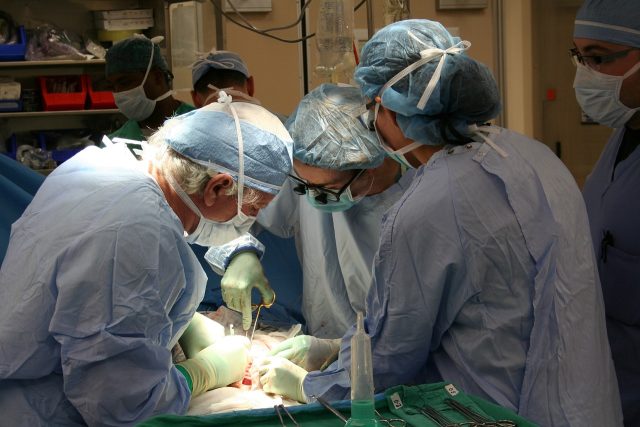
2024 ended as a historic year for transplants in Italy, setting new records for both the number of operations performed and the growth in donations.
With 4,692 transplants performed, 2024 surpassed the previous record of 2023, recording an increase of 226 operations (+5%). Likewise, organ donations reached a new peak with 2,110 donors, equal to an increase of 2.7% compared to the previous year.
An overview of the data: Northern Italy in the lead
According to the “Report on donations and transplants in Italy” presented to the Ministry of Health, approximately 60% of transplants were performed in the North, with Lombardy, Veneto, Piedmont and Emilia Romagna as the leading regions. In particular, Lombardy confirms its leadership with 904 interventions, followed by Veneto (718), Piedmont (504) and Emilia Romagna (497). In the Centre, Lazio (467) and Tuscany (390) stand out, while in the South the best performances are recorded in Sicily (341) and Puglia (229). Lombardy holds the record for almost all organs, but shares that of heart transplants with Puglia, which has performed 73.
The growth of the different types of transplants
The kidney continues to be the most transplanted organ, with 2,393 interventions (+6.6% compared to 2023), followed by the liver, with 1,732 transplants (+1.8%). The increase in heart transplants is significant, reaching 418, with an increase of 13%. This growth is largely attributable to the greater diffusion of non-cardiac donation, an innovative technique that involves the verification of death after at least 20 minutes of cardiac arrest. In 2024, non-cardiac donation transplants were 621, representing 13.2% of the total, with an increase of 39.3% compared to 2023. The only figure that slightly decreased was that of lung transplants, which fell from 188 to 174, while pancreas transplants remained stable at 36.
Donations on the rise: Italy at the top of Europe
The donation rate in Italy has reached a record level of 30.2 donors per million inhabitants, placing the country among the European leaders. The regions with the highest rate are Tuscany (49.4 donors per million), Emilia-Romagna (45.5) and Veneto (44.7). Furthermore, significant growth is also recorded in the South, with particularly marked increases in Sicily (+5.7 points per million), Campania (+3.1) and Calabria (+2.7). This positive trend is accompanied by an increase in donations of hematopoietic stem cells from non-blood relatives, which in 2024 reached 410, the highest number ever. The number of bone marrow donors registered in the national registry also exceeded half a million for the first time
The problem of opposition to donation
Despite the progress, the data on opposition to organ donation remains critical. More than one in three citizens (36.3%) expressed a refusal to donate in the municipal registers, with an increase of approximately 5 percentage points compared to 2023. Opposition is greater in the South, where it exceeds 40% in all regions and reaches its peak in Sicily (46.8%). In contrast, the lowest opposition rates are recorded in the North, with the Autonomous Province of Trento (24%) and Valle d’Aosta (27.2%) at the top of the ranking. However, the situation improved slightly in intensive care, where the opposition rate fell to 29.3% compared to 30.3% in 2023. Here too, strong regional differences are noted, with Valle d’Aosta (66.7%) and Calabria (53.4%) at the highest levels of refusal, while in Molise and the Autonomous Province of Trento no opposition was recorded. 2024 represents a successful year for the Italian healthcare system, capable of increasing the number of transplants and consolidating the country’s role as a European leader in the donation sector. However, the problem of opposition to donation, especially in the South, remains a crucial challenge for the future. Improving information and awareness among the population could be the key to achieving even more ambitious goals in the coming years.



 Subscribe
Subscribe